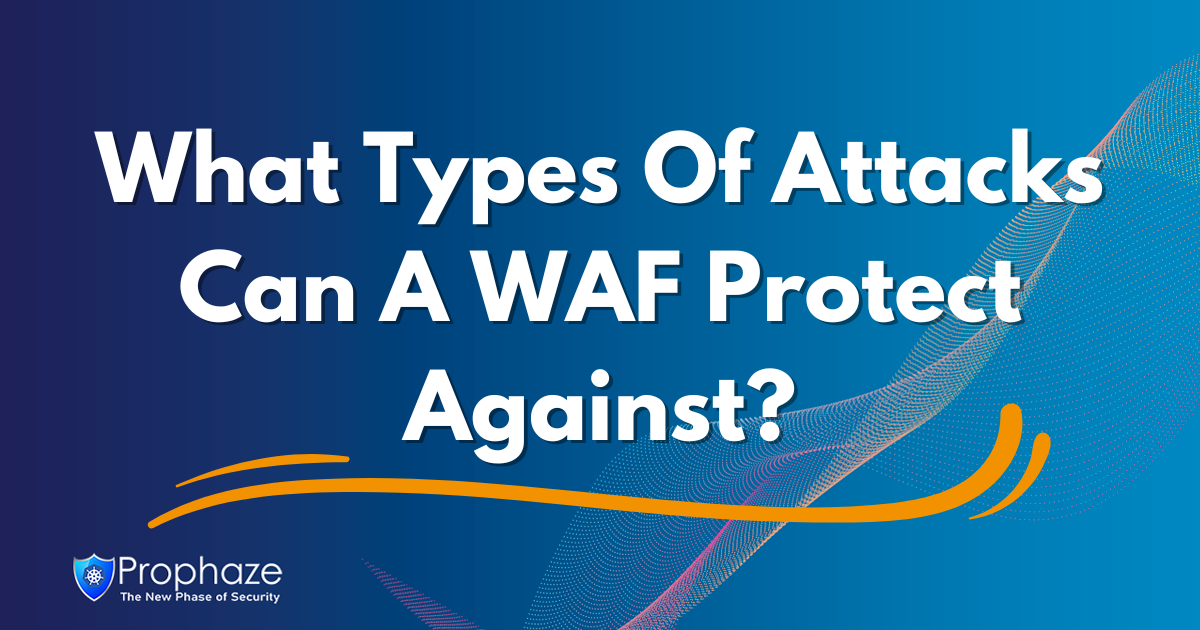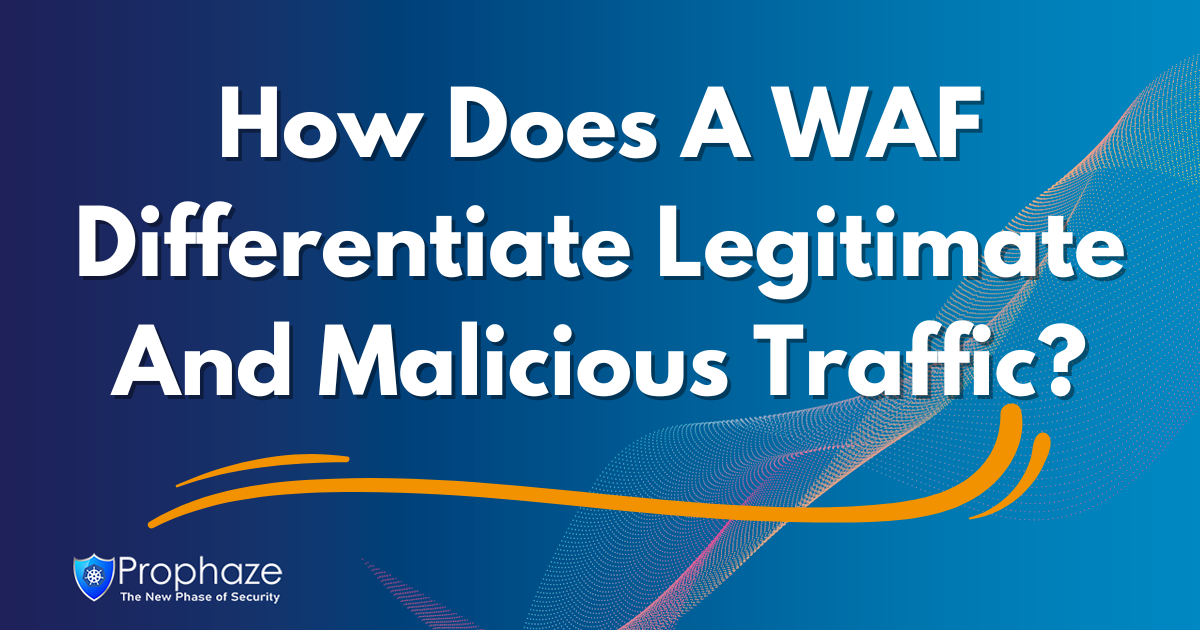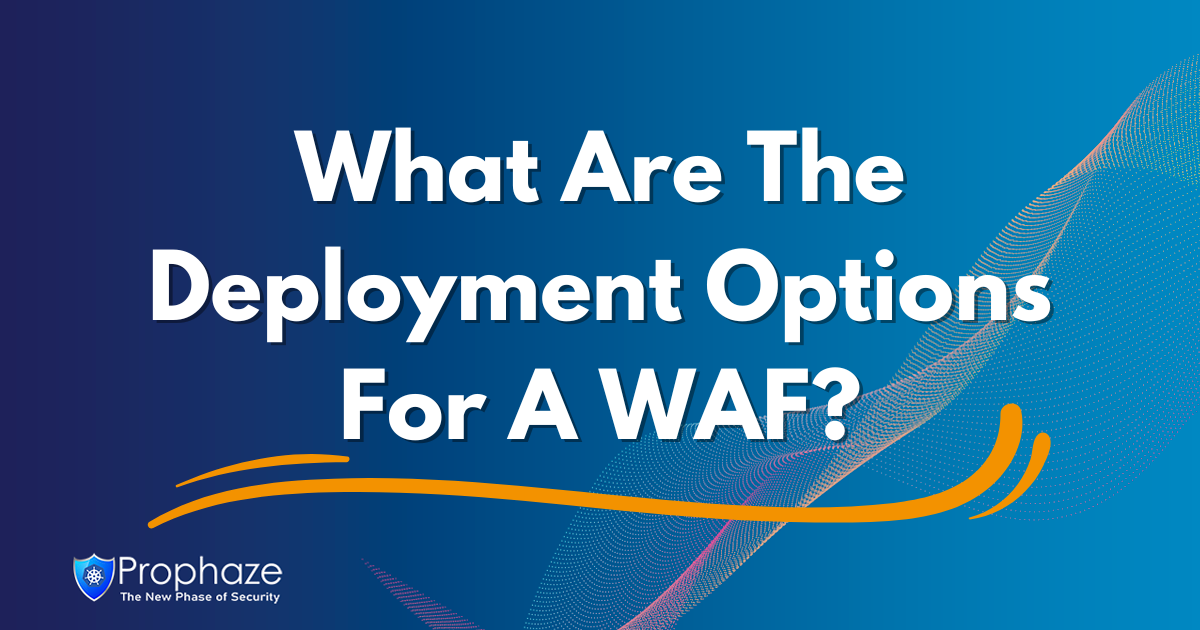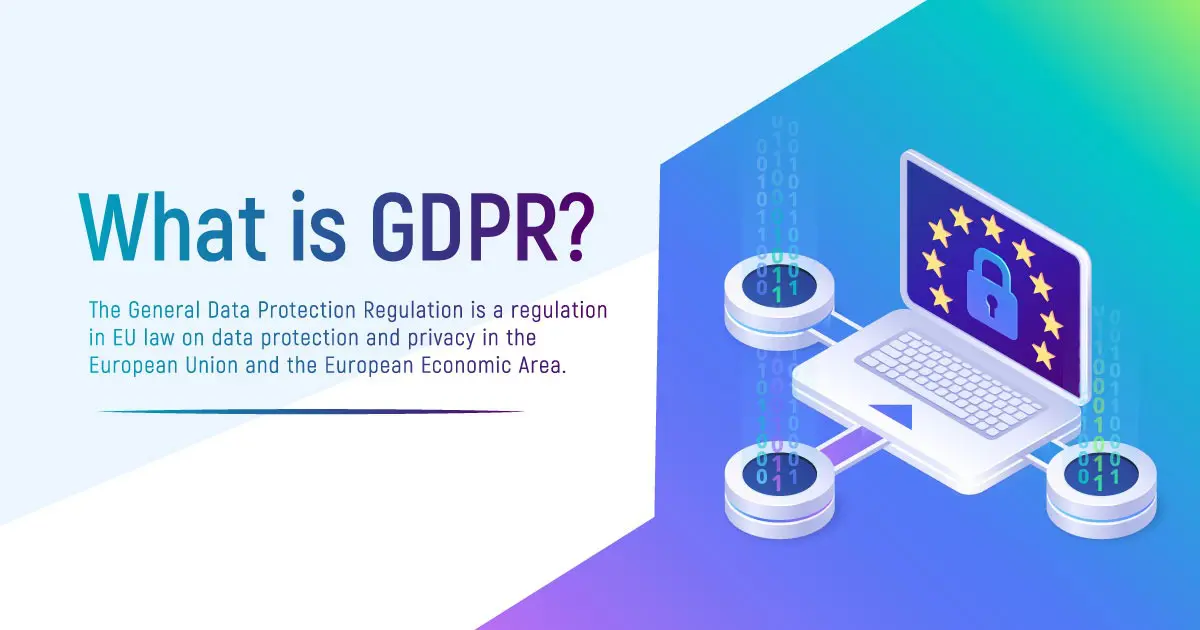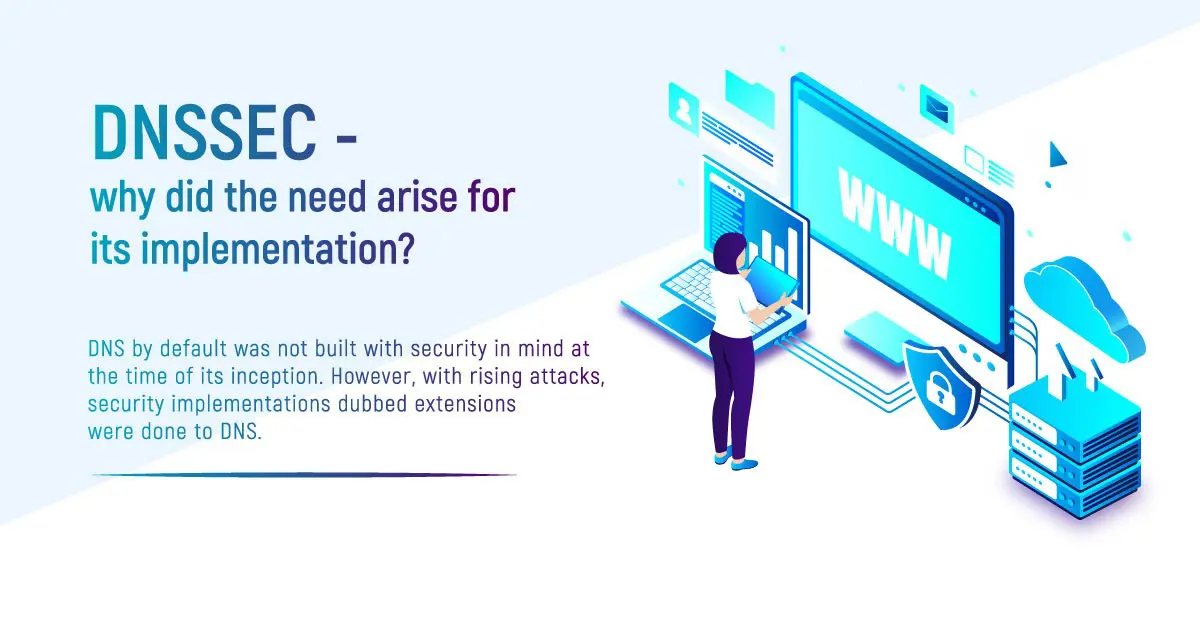WAF Seamlessly Integrates with Other Security Solutions
A Web Application Firewall (WAF) is a security solution that safeguards web applications from various attacks, such as cross-site scripting (XSS), SQL injection, and other malicious activities. To provide comprehensive security, a WAF can integrate with other security solutions in the following ways:
Intrusion Detection and Prevention Systems (IDS/IPS):
A WAF can integrate with IDS/IPS solutions to enhance its detection capabilities. The IDS/IPS can analyze network traffic and identify potential security threats, which it shares with the WAF to create or update rules for blocking malicious traffic.
Security Information and Event Management (SIEM):
Integration with a SIEM system allows the WAF to send logs, events, and alerts to a centralized security management platform. Enables better correlation and analysis of security events across the organization and facilitates incident response and reporting.
Anti-Malware Solutions:
Adding anti-malware solutions to a WAF allows real-time scanning of incoming web traffic to detect malicious files or code. Blocking or quarantining content that poses a possible risk has been made possible through WAF technology, which can detect these threats.
Vulnerability Scanners:
WAFs can actively collaborate with vulnerability scanners to discover and mitigate security vulnerabilities in web applications. If the scanner finds a weakness, it alerts the WAF, which response by developing rules designed to stop or minimize attacks on that particular vulnerability.
Authentication and Identity Providers:
The WAF allows for the implementation of access controls relying on user identity and roles. Additionally, the WAF can enforce fine-grained security policies, such as blocking or restricting access based on user access rights when the integration is enabled.
Threat Intelligence Feeds:
WAFs can interact with threat intelligence feeds and databases to obtain accurate, up-to-date data on fraud patterns or IP addresses. By incorporating threat intelligence data into its operations, the WAF can improve its efficiency in anticipating and preventing future risks.
Conclusion
These are just a few ways a WAF can work with other security solutions. Specific integrations and capabilities may vary depending on the WAF product and an organization’s security tool ecosystem. When deploying and integrating a WAF with other security solutions, it is critical to consider compatibility and configuration options.

